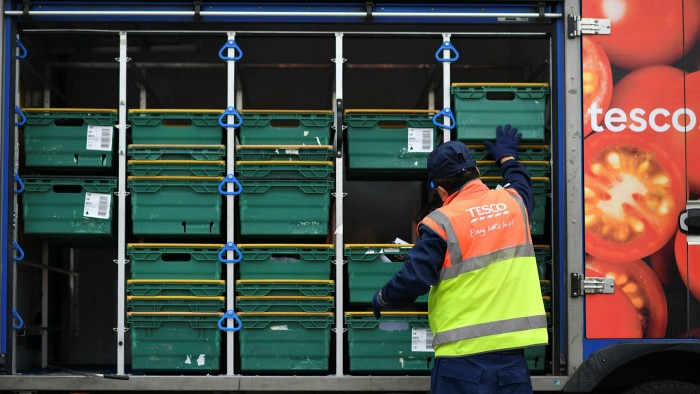Are UK workers getting sick of presenteeism?


Simply sign up to the UK employment myFT Digest -- delivered directly to your inbox.
You’ve heard of the Great Resignation. What about the absence rate debate?
Companies are grappling with how to manage staff sickness and absence now that we’re all — at the government’s instruction — “living with Covid”.
EasyJet provoked accusations of “corporate bullying” from Balpa, the pilots union, last week after a staff email warned that absence was above target and “isn’t sustainable going forwards”. It promised an “increased focus on absence management”, after admitting staff sickness had contributed to a wave of flight cancellations.
The airline industry isn’t known for harmonious staff relations and brings with it safety concerns that others don’t. But supermarkets Sainsbury’s and Tesco have been criticised for changing leave policies, after government guidance on isolation lifted, to remove additional sick pay on offer to those with Covid. Wilko apologised in March for a memo saying staff could come to work if they tested positive.
EasyJet and the supermarkets said they weren’t suggesting staff work when sick. But the companies appear eager to get back to normal, and eliminate the cost of higher absences.
They aren’t the only ones. Outsourcing company Serco on a February earnings call bemoaned high absences last year, while harking back to “predictable and manageable” pre-Covid rates. Its rates have since fallen. Centrica said absence, at double historic levels, had hurt customer service in the pandemic and had remained high in the first two months of this year.
Calls to the Acas advice line for employers and employees have returned to slightly below pre-pandemic levels but a greater proportion still concern absence, sickness and stress issues. Anecdotally, recruiters suggest demand for cover staff had been high until recently.
It isn’t clear what back to normal here should actually mean. Data from the Office for National Statistics showed that sickness absence rates did increase last year to the highest level since 2010, but that was from a record low in 2020. Lockdowns meant fewer minor illnesses. Furlough and the closure of some sectors depressed 2020 numbers — as did working from home where people could more easily log on while ailing.
What is certain is that the pandemic came after more than two decades where absence rates steadily fell. In part, this was down to employers cracking down on unwarranted leave, as well as a greater focus on occupational health. But it was also down to more presenteeism, or turning up to work while ill.
CIPD, the professional body for human resources, found in its annual survey that average sick days had fallen from 9.3 days per worker in 2000, to 5.8 in its March 2020 report. Focus over the years had shifted from reducing absences to managing stress and addressing presenteeism, with nearly 90 per cent of respondents reporting people working while unwell.
That chimes with research showing rising work intensity since the 1990s, greater work insecurity, and higher levels of stress reported by the Health and Safety Executive in recent years. The UK’s meagre statutory sick pay has also been criticised for forcing unwell people into work.
It is possible that companies will struggle to manage their way back to the pre-Covid status quo, and would be unwise to try. Long Covid has become a significant cause of absence among staff; a backlogged health service means longer waiting times. Next winter may bring another rise in Covid cases, as well as a reversion to higher levels of coughs, colds and flus.
There may also be an element of cultural change, or a shift in colleagues’ (or even managers’) attitudes to those who soldier on while spreading every bug going — particularly now that Covid symptoms include just about everything. That could challenge companies who had grown accustomed to low and stable levels of absence, and the ability to backfill with ease.
“That model of flexing up and down had got very precise thanks to the stability [we’d seen]” says Neil Carberry, chief executive of the Recruitment & Employment Confederation. “It is more difficult now given the scale of market tightness and I think we are seeing some behavioural change that requires managing differently”.
One UK manufacturer on its earnings call referred to higher absence rates along with supply chain disruptions as unhelpful in running a “really tight, efficient operation.” If resiliency is a greater priority after the pandemic, that may mean thinking differently about people as well as spare parts.
Comments